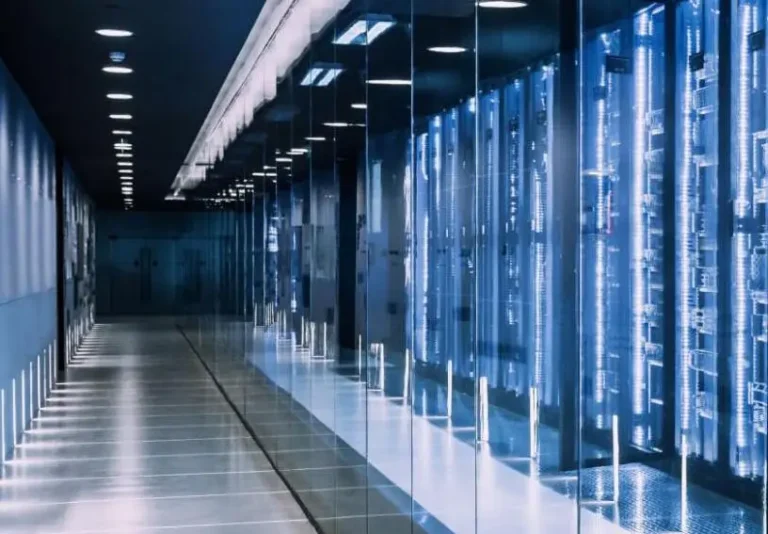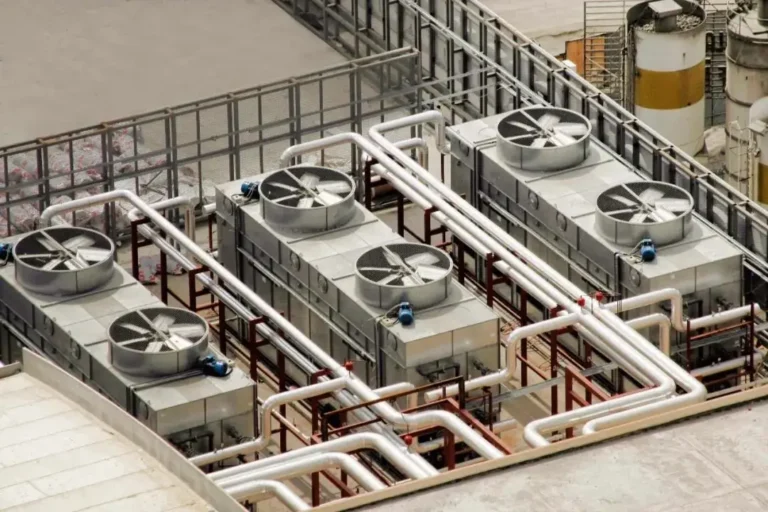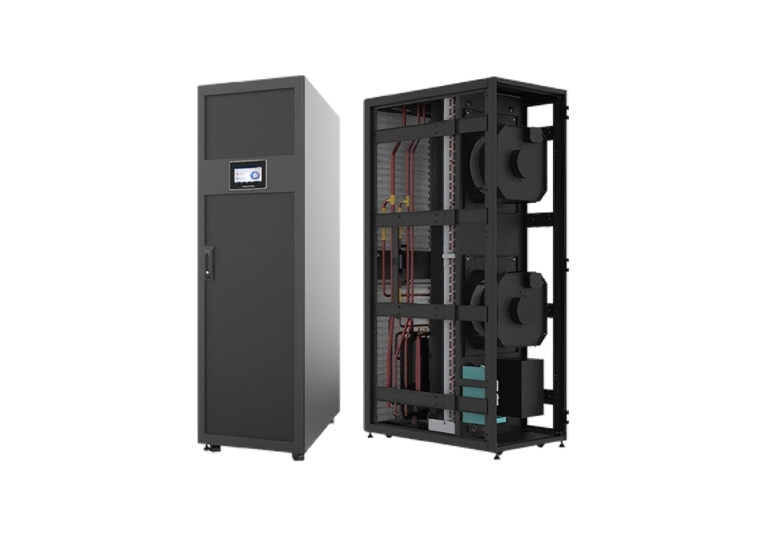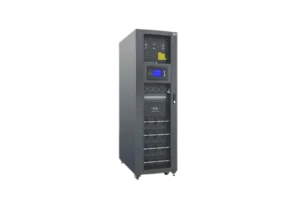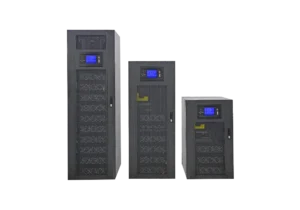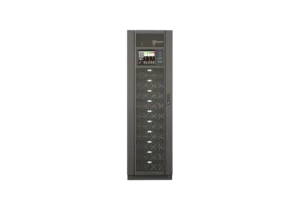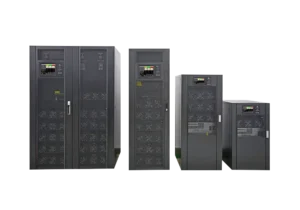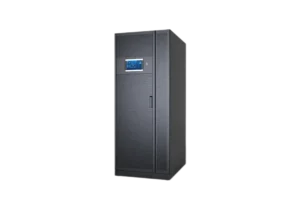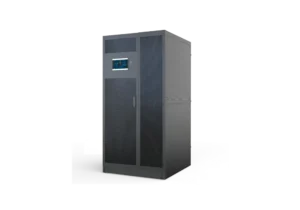In today’s highly competitive business world, time is of the essence. Suppose you’re a startup that has just secured a major investment and needs to scale up your data – handling infrastructure quickly to meet the demands of new customers. Or perhaps you’re an established company that has won a large – scale contract and must immediately expand your data – processing capabilities. With a traditional data center, the long – drawn – out construction process would put you at a severe disadvantage.
A Prefabricated Modular Data Center on the other hand, can be your saving grace. Thanks to its factory – assembled nature, it can be deployed in a fraction of the time it takes to build a traditional data center. You could have your new data center up and running in as little as a few weeks, allowing you to seize business opportunities promptly. This rapid deployment not only gives you a head – start in the market but also ensures that you don’t miss out on potential revenue due to infrastructure delays.
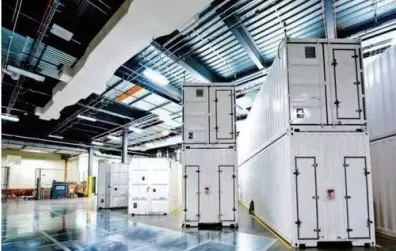
Adapt to Changing Demands
Business requirements are constantly evolving. One moment, you might be focused on expanding your e – commerce operations, and the next, you could be delving into big – data analytics or cloud – based services. With a prefabricated modular data center, you don’t have to worry about being stuck with an inflexible infrastructure.
The high modularity of these data centers means that you can easily adapt to changing demands. If you need to add more storage capacity because of an increase in customer data, you can simply integrate a storage module. Or, if you want to enhance your data – processing speed for real – time analytics, you can swap in a more powerful server module. This ability to quickly adjust your data center’s configuration ensures that you can stay ahead of the curve and meet the ever – changing needs of your business.
Save Resources and Costs
Resource and cost savings are significant factors that make prefabricated modular data centers an attractive option. Let’s start with the construction phase. In a traditional data center construction, you need to hire a large number of workers, including construction laborers, electricians, plumbers, and more. There are also costs associated with heavy construction equipment, such as cranes, bulldozers, and excavators. Additionally, you have to source a vast amount of building materials, from bricks and cement to electrical wiring and plumbing pipes. All these aspects contribute to a high initial investment.For example, a 1MW modular data center costs 20–25% less upfront than a traditional equivalent, thanks to bulk material purchasing and streamlined factory labor.
In contrast, a prefabricated modular data center is mainly assembled in a factory. The factory production process benefits from economies of scale. Manufacturers can purchase materials in bulk, which often leads to lower unit costs. The assembly line in the factory is also more efficient, reducing the need for a large on – site workforce. Once the modules are ready, they are transported to your site, and the installation process requires fewer workers and less time.
When it comes to the long – term, prefabricated modular data centers also offer cost – savings in terms of energy consumption and maintenance. Many of these data centers are designed with energy – efficient components, such as high – efficiency cooling systems and power – saving servers. This can lead to significant savings on your monthly energy bills. In terms of maintenance, the modular design makes it easier to identify and replace faulty components. Instead of having to troubleshoot an entire complex system, you can simply isolate the problem module and replace it, reducing both the time and cost of maintenance.
In addition, you can read the table below in detail to compare Prefabricated Modular Data Center with traditional data centers
| Prefabricated Modular Data Center | Traditional Data Center | |
| Deployment Timeline | 3–6 months for a 1MW facility (factory assembly + on-site integration); up to 60% faster than traditional builds. | 12–24 months for a 1MW facility (permitting, site construction, equipment installation included). |
| Upfront Cost | $8–12 million per MW (lower labor/material waste due to factory production); 20–30% lower than traditional. | $12–18 million per MW (higher costs for on-site labor, custom construction, and material sourcing). |
| Scalability | Modular “pay-as-you-grow” model: Add 200–500kW modules incrementally without downtime; supports quick capacity expansion. | Inflexible: Requires full-scale renovation (civil work, power/cooling upgrades) for scaling; often causes 2–4 weeks of downtime. |
| Energy Efficiency (PUE) | Average PUE: 1.2–1.4 (integrated row cooling, sealed aisles, and energy-efficient components); aligns with U.S. EPA guidelines. | Average PUE: 1.5–1.8 (less optimized cooling systems; higher energy loss from centralized HVAC). |
| On-Site Construction Requirement | Minimal: Only needs foundation and utility hookups; 90% of assembly completed in factory. | Extensive: Requires full site excavation, structural building, and on-site wiring/plumbing. |
| Flexibility for Location | Adaptable to remote/rural areas; modules transported via standard flatbed trucks (split-module options for road restrictions). | Limited: Relies on proximity to robust utility grids and accessible construction resources; challenging for rural U.S. regions. |
| Maintenance Complexity | Simplified: Hot-swappable modules (UPS, cooling units) allow repairs in 15–30 minutes; centralized monitoring systems reduce downtime. | Complex: Troubleshooting requires full system checks; component replacement takes 4–8 hours on average; higher risk of extended outages. |
| Material Waste | 5–10% waste (factory precision assembly); bulk material purchasing reduces excess. | 20–25% waste (on-site cutting, custom fitting, and construction errors). |
| Disaster Resilience | Enhanced: Factory-tested for environmental resilience (extreme temperatures, humidity); modular design allows quick damage recovery. | Lower: Site-specific vulnerabilities (e.g., flooding, structural damage); recovery post-disaster takes 4–6 months. |
| Compliance Ease | Pre-certified for U.S. standards (UL 60950, NFPA 70E) during factory production; reduces on-site compliance delays. | Requires on-site testing and certification; compliance processes add 1–2 months to timeline. |
Challenges and Solutions
- Transportation Issues
While prefabricated modular data centers offer numerous advantages, they are not without their challenges. One of the main challenges is transportation. These modules can be quite large and heavy. For example, a power – intensive module with multiple high – capacity generators and UPS units can be extremely bulky. Transporting such large modules can be a logistical nightmare. You might face difficulties in finding transportation vehicles that can handle the weight and dimensions. In some cases, the roads leading to your data center site might have weight restrictions or be too narrow to accommodate the large – sized trucks needed to carry the modules.
To address these issues, careful planning is essential. First, during the design phase, manufacturers can optimize the module sizes to ensure they are as transport – friendly as possible while still meeting your data center requirements. This might involve splitting a large module into smaller, more manageable sub – modules that can be easily transported and then assembled on – site. Additionally, working with experienced logistics partners is crucial. These partners can help you choose the most suitable transportation routes, taking into account any weight and size restrictions. They can also arrange for special permits if needed, ensuring a smooth transportation process.
- Integration Complexities
Another significant challenge is the integration of prefabricated modular data centers with existing systems. When you’re adding a new modular data center to your existing infrastructure, compatibility issues can arise. For instance, the networking protocols used in your current data center might not be fully compatible with the new modular data center’s networking module. There could also be differences in power requirements between your existing equipment and the new modules.
To overcome these integration complexities, thorough testing and planning are necessary. Before purchasing a prefabricated modular data center, conduct a detailed assessment of your existing systems. Identify any potential compatibility issues early on. Many manufacturers offer pre – integration services. They can work with you to ensure that the new modules are configured to be compatible with your existing infrastructure. This might involve customizing the networking settings, power – management systems, or software interfaces of the modules. Also, during the installation process, having a team of experienced technicians who are well – versed in both the modular data center technology and your existing systems can make a huge difference. They can quickly troubleshoot and resolve any integration issues that might crop up.
The Future of Prefabricated Modular Data Centers
The future of prefabricated modular data centers is filled with exciting possibilities. As technology continues to evolve at a breakneck pace, these data centers are set to play an even more significant role in the digital landscape.
- Technological Advancements
One of the key areas of future development will be in the integration of advanced technologies. For example, artificial intelligence (AI) and machine learning (ML) are likely to be more deeply integrated into prefabricated modular data centers. AI – powered monitoring systems can continuously analyze data center operations in real – time. They can predict equipment failures before they occur, allowing you to take proactive maintenance measures. This not only reduces downtime but also extends the lifespan of your data center components.
Another area of technological innovation is in power management. With the increasing focus on sustainability and energy efficiency, future modular data centers are expected to incorporate more advanced power – saving technologies. For instance, the use of high – efficiency power supplies, energy – harvesting techniques, and better – optimized power distribution systems can significantly reduce the energy consumption of your data center. Some data centers might even start integrating renewable energy sources like solar panels or wind turbines directly into their modules, further reducing their carbon footprint.
- Expansion of Application Areas
The application areas of prefabricated modular data centers are also set to expand. In the emerging field of edge computing, these data centers are a perfect fit. Edge computing involves processing data closer to the source, rather than sending it all the way to a central data center. This reduces latency and improves the performance of applications such as autonomous vehicles, smart cities, and industrial IoT. Prefabricated modular data centers can be easily deployed at the edge, whether it’s on a factory floor, in a remote communication tower, or at a transportation hub.
In the field of scientific research, large – scale data – intensive experiments are becoming more common. For example, in genomics research, where massive amounts of genetic data need to be processed and analyzed. Prefabricated modular data centers can provide the necessary computing power and storage capacity in a more flexible and cost – effective way compared to traditional data centers. They can be quickly set up for short – term research projects or easily scaled up as the research progresses.
As the world becomes more digitized, prefabricated modular data centers will continue to adapt and evolve, offering you even more efficient, flexible, and sustainable solutions for your data – handling needs. Whether you’re a small – to – medium – sized business looking to upgrade your IT infrastructure or a large enterprise with complex data – center requirements, the future of prefabricated modular data centers holds great promise.
Ready to Make the Switch?
The advantages of prefabricated modular data centers are clear and compelling. They offer a faster, more flexible, and cost – effective solution compared to traditional data centers. Whether you’re looking to meet urgent business demands, adapt to the ever – changing technological landscape, or save on resources and costs, prefabricated modular data centers are an excellent choice.
The future of these data centers is bright, with technological advancements and expanding application areas on the horizon. Don’t get left behind in the digital race. Consider making the switch to a prefabricated modular data center today and experience the benefits for yourself. Whether you’re a startup aiming to disrupt the market or an established enterprise looking to optimize your data – handling operations, this could be the game – changing solution you’ve been waiting for. Reach out to industry experts, explore different manufacturers’ offerings, and take the first step towards a more efficient and future – proof data center infrastructure.


